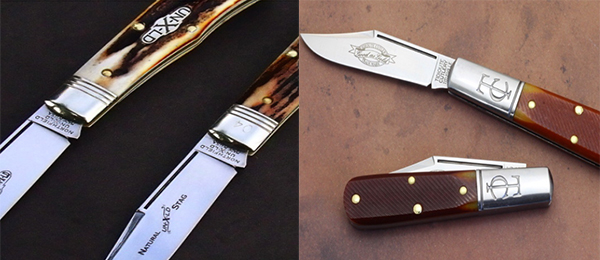Laser marking machines use laser beams to permanently mark the surface of various substances. The effect of marking is to expose the deep material through the evaporation of the surface material, so as to engrave exquisite patterns, trademarks and words.
一、What are the specifications?
1. Laser power supply:The laser power supply of the fiber laser marking machine is a device that provides power for the laser, and its input voltage is AC220V alternating current. Installed in the control box of the marking machine.
2. Laser source:The laser marking machine adopts imported pulsed fiber laser, which has a good output laser mode and a long service life, and is designed to be installed in the marking machine casing.
3. Scanner head:Scanner head system is composed of optical scanner and servo control. The whole system is designed and manufactured using new technologies, new materials, new processes and new working principles.
The optical scanner is divided into an X-direction scanning system and a Y-direction scanning system, and a laser mirror is fixed on each servo motor shaft. Each servo motor is controlled by a digital signal from the computer to control its scanning track.
4. Field lens:The function of the field lens is to focus the parallel laser beam on one point, mainly using f-theta lens. Different f-theta lenses have different focal lengths, and the marking effect and range are also different. The standard configuration of the lens has F160=110*110mm
二、How to choose the most suitable machine?
1. Fiber laser marking machine: suitable for marking all metals, and some plastic materials.
2. CO2 laser marking machine: suitable for non-metal marking, such as wood, leather, rubber, ceramics, etc.
3. UV laser marking machine: for glass and very fine parts marking
三、Application of fiber laser marking machine in cutting tools
With the rapid development of laser marking machine technology, the use of laser marking machines in different fields and occupations has gradually been widely used.
Laser processing is different from traditional processing. Laser processing refers to the use of thermal effects when the laser beam is projected onto the surface of the material to complete the processing process, including laser welding, laser engraving and cutting, surface modification, laser marking, laser drilling, micromachining, etc. It has played a pivotal role in today’s processing and manufacturing, providing skills and equipment for the technological transformation of traditional industries and the modernization of manufacturing operations.
Today, when tool processing is becoming more and more delicate and beautiful, jewelry processing is different from traditional manufacturing. Laser concentrating can make processing more precise and comprehensively improve the efficiency and quality of personalized tools.
Post time: Jun-13-2023













